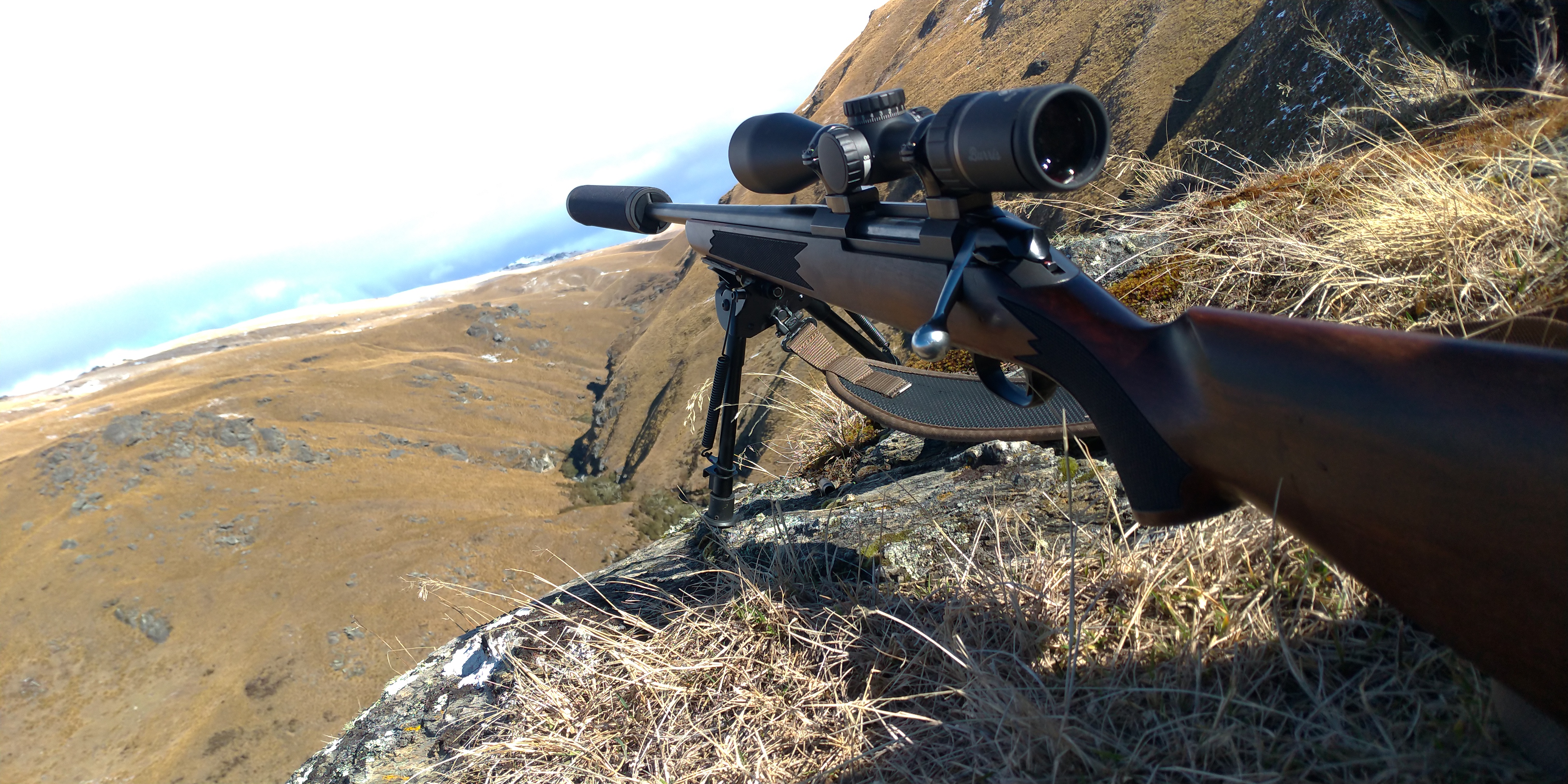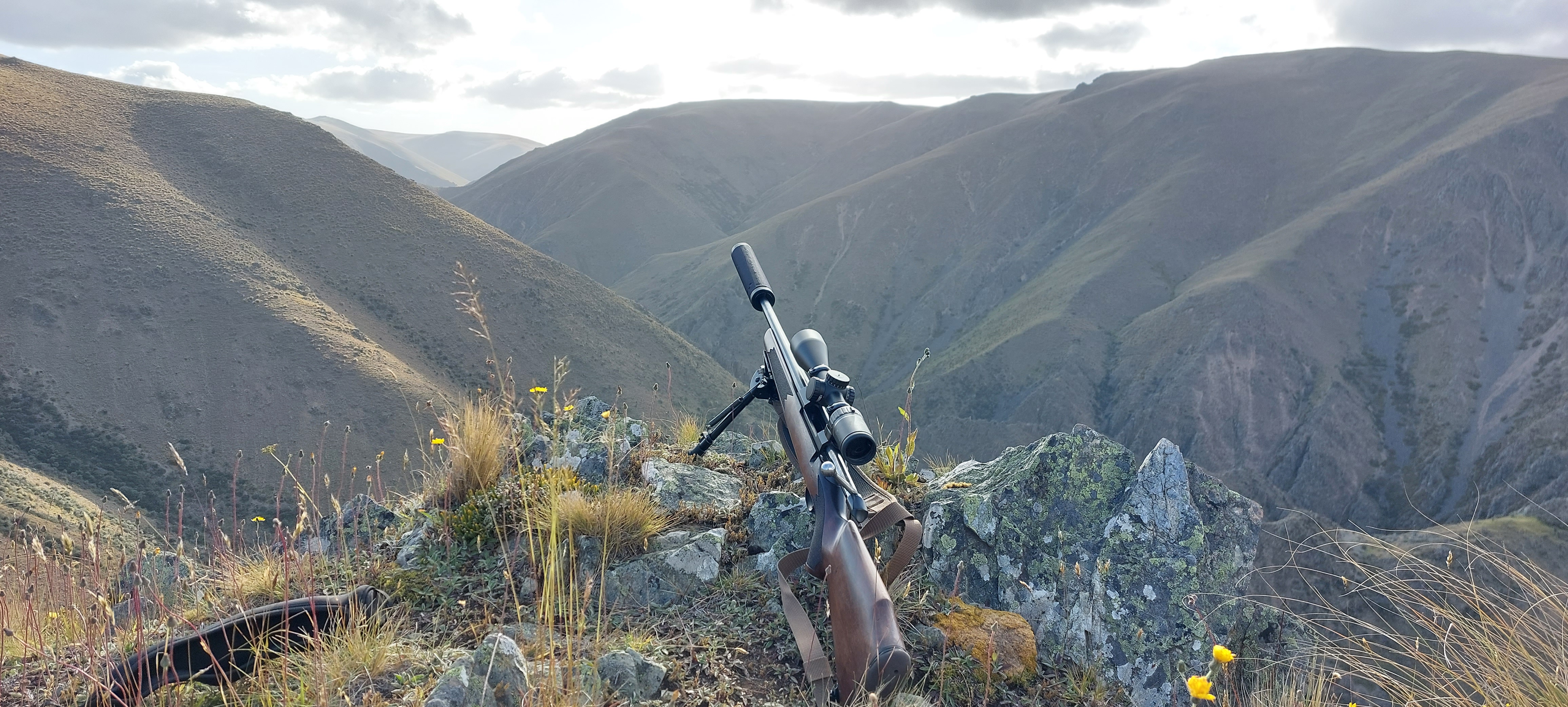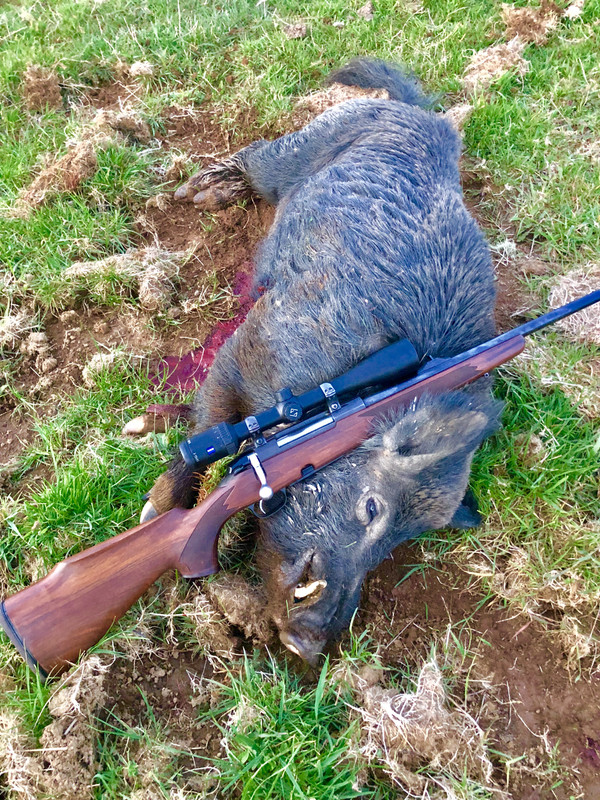Welcome guest, is this your first visit? Create Account now to join.
Welcome to the NZ Hunting and Shooting Forums.
Search Forums
User Tag List
+ Reply to Thread
Results 16 to 30 of 34
Thread: Comparing the old with the new.
-
09-11-2023, 09:45 PM #16Member

- Join Date
- Dec 2011
- Location
- Southern Alps
- Posts
- 5,037
-
-
09-11-2023, 10:17 PM #17Member

- Join Date
- Mar 2023
- Location
- Central South Island
- Posts
- 644
My LSA55 in 22-250 cost me $410 in 1976 or 77, for brand new rifle, genuine Tikka rings, and Weaver 3x scope. I was on about $110 a week in wages and had to put it on 6 months finance. As Scott has said, better barrel, smoother action, excellent trigger and great stock. Cost less than a Sako and shot better than most Sako's, still does.
-
10-11-2023, 12:41 AM #18Member

- Join Date
- Apr 2022
- Location
- New Plymouth
- Posts
- 4,074
if one takes accuracy - new any better not really but some of the benefits of older -- trigger older rifles way better and by a good margin unless one pays for a timney or similar - hand cut checkering - fit and finish way way way better - bolt and action feel no comparison - just better made with care - a lot of hand finishing - value increase well thats a goody a sako vixen would now be worth in good condition probably 3-400 percent more than original cost - take an early vixen and feel the action silky smooth feels like real steel then take a modern tikka - they feel junky simple as that in comparison - my ten cents worth
-
10-11-2023, 09:32 AM #19Member

- Join Date
- Jan 2023
- Location
- Wellington
- Posts
- 211
I have a Tikka M695 in 270 win and a T3 in 7mm rem mag. They are very close to each other with regards to production dates (roughly 10-15 years apart from first introductions). Most fundamental design principles are shared between the two excluding a few action specific features like magazines and action length. Although the M695 is a heavy cannon, the feel, fit, and smoothness of it in all areas is leaps and bounds beyond that of my T3. But then again, the T3 is stainless, is a few pounds lighter, and you don't have to upkeep a plastic stock like you do timber. There are trade offs in every regards but I think the quality of engineering has definitely changed to be geared to economy of scale somewhat. The M695 is far more beautiful and refined despite being manufactured only roughly a decade before the T3.
-
10-11-2023, 11:31 AM #20Member

- Join Date
- Jan 2018
- Location
- New Zealand
- Posts
- 796
I think part of is that modern rifles use more stamped and cast parts (not to mention plastic), whereas almost everything on the old guns is machined. Everything just gives the aura of quality as the whole part is machined and finished to the same high standard. Old trigger guard? Machined from solid. New trigger guard? Plastic, or if an expensive gun, cast or maybe stamped.
A cast part for example, often would only be machined on the surfaces that actually matter, leaving mold lines and comparatively poor finish on the rest of the part. A stamped part may have no real finishing done to it.
I think the finish on the old guns is often better than what's seen on modern guns. Bluing is deeper and more lustrous, finishes in general are smoother and more precise, especially the surfaces that don't really matter for function.
The old guns kind of remind me of an old manual sewing machine, they are smooth due to their precision and pride in manufacture. Things that didn't really need to be done to a high standard, were still done to a high standard.
Whereas IMO new guns are often smooth due to modern design and a lack of general tight tolerances, and only have tight tolerances in only the places that are absolutely required for good operation, as opposed to the old stuff being smooth due to tighter tolerances and more care in the manufacturer and finishing on all parts.
That old M55 for example, it just feels like a much better made mechanical object than a modern tikka or other modern gun. Like a really nice fine tooth ratchet vs a clunker with massive teeth.Last edited by ChrisW; 10-11-2023 at 11:46 AM.
-
10-11-2023, 12:45 PM #21
I can remember someone saying they used to start with a block of steel and machine all the bits that didn't look like a rifle off.
-
10-11-2023, 12:59 PM #22Member

- Join Date
- Aug 2015
- Location
- West Auckland
- Posts
- 1,143
Yep, nostalgia ain't what it used to be...sigh....
-
10-11-2023, 01:19 PM #23Member

- Join Date
- Dec 2021
- Location
- Auckland
- Posts
- 570
I like to have a few for nostalgia. Currently have a ZKK 600 which I like a lot and a savage 99 that I'm still trying to get it shooting half well.
-
10-11-2023, 01:33 PM #24
I often wonder if the fellas who trade in a good n faithful wife ,the mother of thier kids and who was great homemake and no slouch between the sheets for some younger slimmer model with less sag and more bounce...get five years down the track and look back thinking oh what a dickhead I have been..thinking with the dick instead of the head...the gloss wears off the newer model with time too and its then not as good as the old model... and thats possible the biggest difference with rifles ,how well they will age..... LOTS of you fellas have bought something like a brand spanking new T3 and then change things right from the get go...yip guilty of adding wooden stock to my howa to replace the hogue....
guess its like buying the new wife a boob job???would have got better value for money and..and...and bang for your buck!!! sending the older model in for some updates (but only if it was her suggestion of course) pity the little ladies dont get a suppressor screwed on to lower the noise factor LOL75/15/10 black powder matters
-
10-11-2023, 06:25 PM #25Member

- Join Date
- Feb 2019
- Location
- Christchurch
- Posts
- 690
I’m a fan of ‘old school’ quality but new. A good example is Schultz and Larsen. Metal work of refined quality, cut rifles barrels, and extremely accurate. To make modern rifles economic, mass production techniques rule.
I’ve got many other new quality accurate rifles like Dakotas.
Many old rifles become legionary. For sure the mass produced, mainly robotic made rifles of today fail to capture my attention. The deep blued, well fitting walnut and supremely finished rifles of yesteryear still hold a place in my heart.
-
10-11-2023, 07:01 PM #26Member

- Join Date
- Apr 2022
- Location
- New Plymouth
- Posts
- 4,074
-
10-11-2023, 07:26 PM #27
-
10-11-2023, 08:03 PM #28
Ok. $410 in 1976 is the equivalant of $4250.80 in todays money. If you were buying today would you spend that money on the LSA55 if you could buy a new one? Or maybe something like this which is $750 cheaper?
https://www.berettanewzealand.com/fi...product_id=656
Also makes the one @ChrisW is selling at the moment seem like a bargin.Experience. What you get just after you needed it.
-
13-11-2023, 09:17 AM #29Member

- Join Date
- Jan 2023
- Location
- Wellington
- Posts
- 211
That is a well loved M695 EmpireSafaris. I got the iron sights removed off of mine and fitted with special filler screws to plug the holes. Also got a can on it courtesy of Dean Maisey. I have also just completed a refinish of the stock to seal off all the wear and tear marks from moisture. I have had an ongoing battle with rust spots due to fading blue so I am going to get the barrelled action cerakoted by Delta Mike just before Xmas. I do wonder if the quality of the bluing on them was a bit lacklustre?


-
16-11-2023, 08:36 AM #30Member

- Join Date
- Dec 2014
- Location
- canterbury
- Posts
- 6,927
So here's my take on comparing old with new
I will start in 1873 which is when my Alexander Henry 450 was delivered to the customer who ordered it.
To the best of my ability in asking some learned gents it was likely a
( 1873 vs £ now converted to $NZ)
£30 rifle = £4000 = $8000NZ
A gun trade labourer might earn
£50 = £6700 = $14000nz
A skilled gun trade worker
£80 = £10700 = $22000nz
An engineer
£100 = £13500 = $27000nz
So for sure the guys who made the guns couldn't afford to buy themThe Church of
John Browning
of the Later-Day Shooter
Similar Threads
-
Comparing Primers : White River Energetics LR vs Federal 210
By 30.06king in forum Reloading and BallisticsReplies: 7Last Post: 15-10-2023, 12:30 PM -
Comparing rangefinding binos.
By BMcB in forum Firearms, Optics and AccessoriesReplies: 21Last Post: 07-08-2021, 03:51 PM -
Comparing chronograph results
By andyanimal31 in forum Reloading and BallisticsReplies: 3Last Post: 27-08-2013, 09:54 PM
Tags for this Thread
Welcome to NZ Hunting and Shooting Forums! We see you're new here, or arn't logged in. Create an account, and Login for full access including our FREE BUY and SELL section Register NOW!!





 73Likes
73Likes LinkBack URL
LinkBack URL About LinkBacks
About LinkBacks




 Reply With Quote
Reply With Quote



Bookmarks